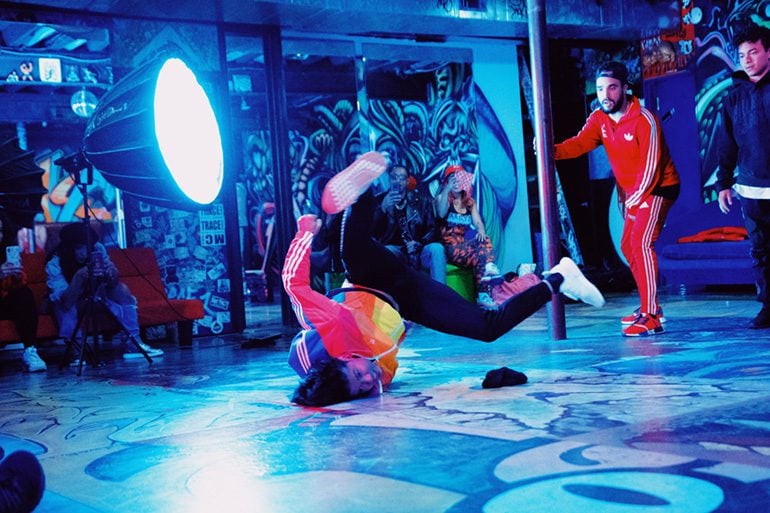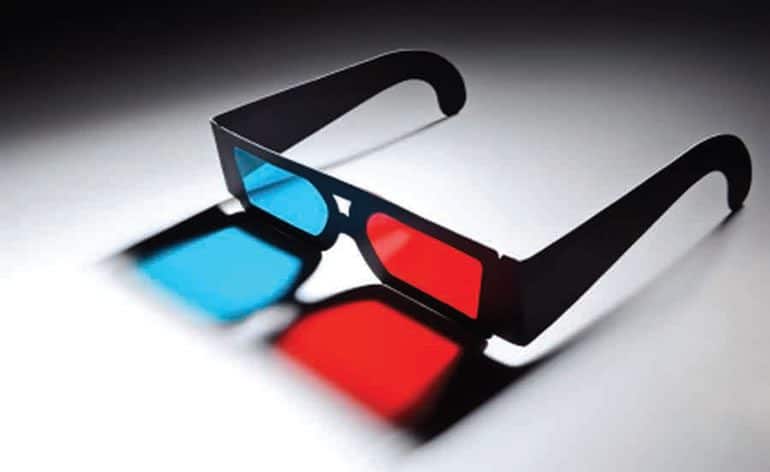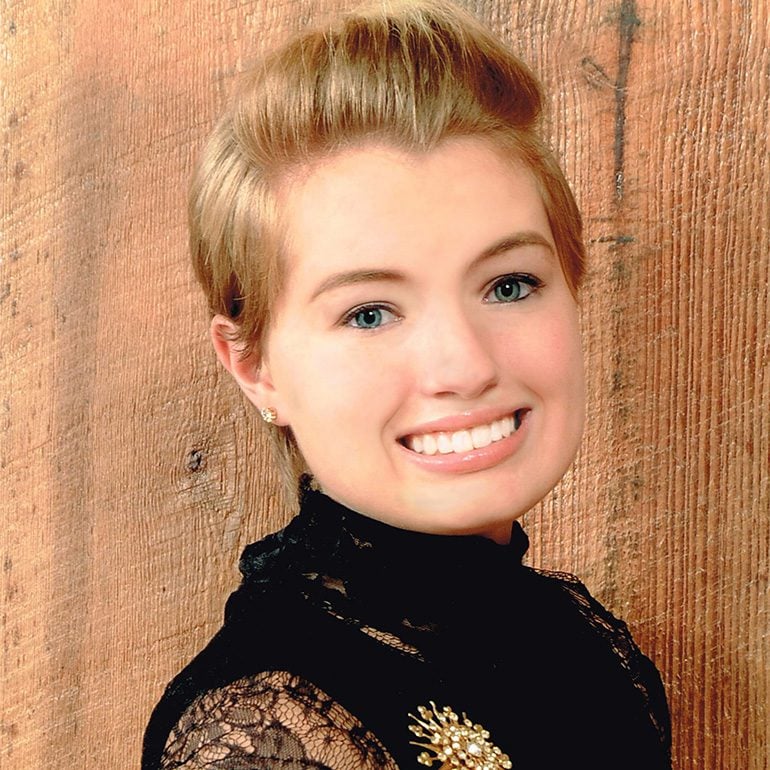by Jeffrey M. Hamel
You light with the lights you have, not the lights you wish you had. As a gaffer or lighting director you spend time making a wish list of lighting equipment for each scene or job. Most of the time this is an exercise of futility because either the DP has a lighting kit that he or she insists on using because they get a rental out of it or someone “above the line” decides which lights you get based on budgetary restrictions.
Whatever the situation is, you never have all of the lights you’d like to do the job. The difference between a good gaffer and a great gaffer is knowing how to best use the lights that are on the truck or in the studio in order to achieve the DP’s vision.
Available lighting is utilizing whatever lighting exits at a location such as sunlight, recessed lights, under cabinet lighting, etc. These lights may need to be gelled, diffused or shut off to make the scene lighting work. In some cases it is best to gel your lights to match the color temperature of the sources that cannot be controlled. When you are called upon to perform miracles you have to know what lights you have at your disposal and how to make the most of it.
Do not confuse “available lighting” with “every light available”. If you don’t need to use a light…DON’T! If you “over light” then you are an illuminator not a lighter. As an LD or Gaffer you need to create lighting that makes the scenes look three dimensional on a two dimensional medium. If you over light then everything becomes flat and boring. Anyone can turn on a bunch of lights, it’s the placement and control of lighting that will set you apart.
Gaffers and electricians make light; and key grips and grips control light. As a general rule anything that has an electric cord fall into the electrician’s department, and anything that is for rigging, safety, camera mounting and physical light control falls under the grip department. When a light is placed and focused by the gaffer or an electrician, then a grip will control or cut unnecessary light from a scene using a stand and a flag or a diffusion frame. If the light requires black wrap, gel, diffusion or anything attached to the head then the electricians take care of it.
When you create light, you create shadow. This combination is what adds drama, interest, suspension and dimension to the scene. A properly placed shadow is what defines a well lit scene. Single source shadows are as natural as one sun; it’s the multiple shadows that amplify the look of being over lit and unnatural. Shadows can be hard or soft depending on the treatment of the light falling on the scene.
One basic rule when it comes to lighting people’s faces is the softer the light the better. With few exceptions any light hitting a face should be from a soft source. Light striking the back, side of a person’s face or body can be a hard edge and really make the scene “pop”. Hard sources are generally known as “big lights far away” such as an 18k HMI up on scaffolding outside a window.
The other approach would be a smaller light, say a 5k Fresnel placed closer to the talent to mimic a larger source.
Soft lights can be large sources that utilize the same 18k or 5k but through a 20 X 20 soft good such as a silk or muslin. Most sources can be softened, but in some cases the light source itself is soft to begin with.
Emerging technology both in the speed of film stock and HD cameras are spawning next generation lighting equipment as well.
Jeffrey M. Hamel has over 20 years of lighting experience as an accomplished Lighting Director and Gaffer. Jeff has worked as Lighting Director for major networks, national TV commercials and for many world leaders. The list includes Former Secretary of State Colin Powell, Henry Kissinger, Mikhail Gorbachov, Former President Clinton, Former Vice President Al Gore, Former President George W. Bush, Democratic Presidential Candidate John Kerry, and Vice Presidential Candidate John Edwards.





